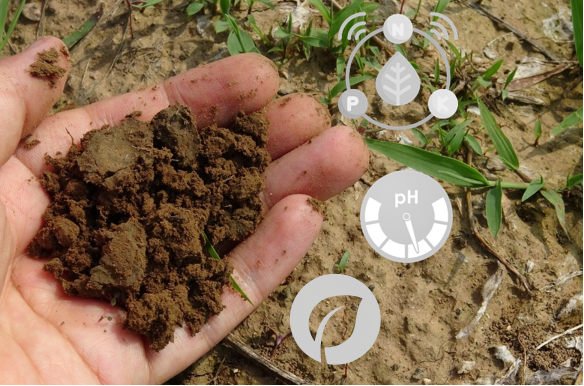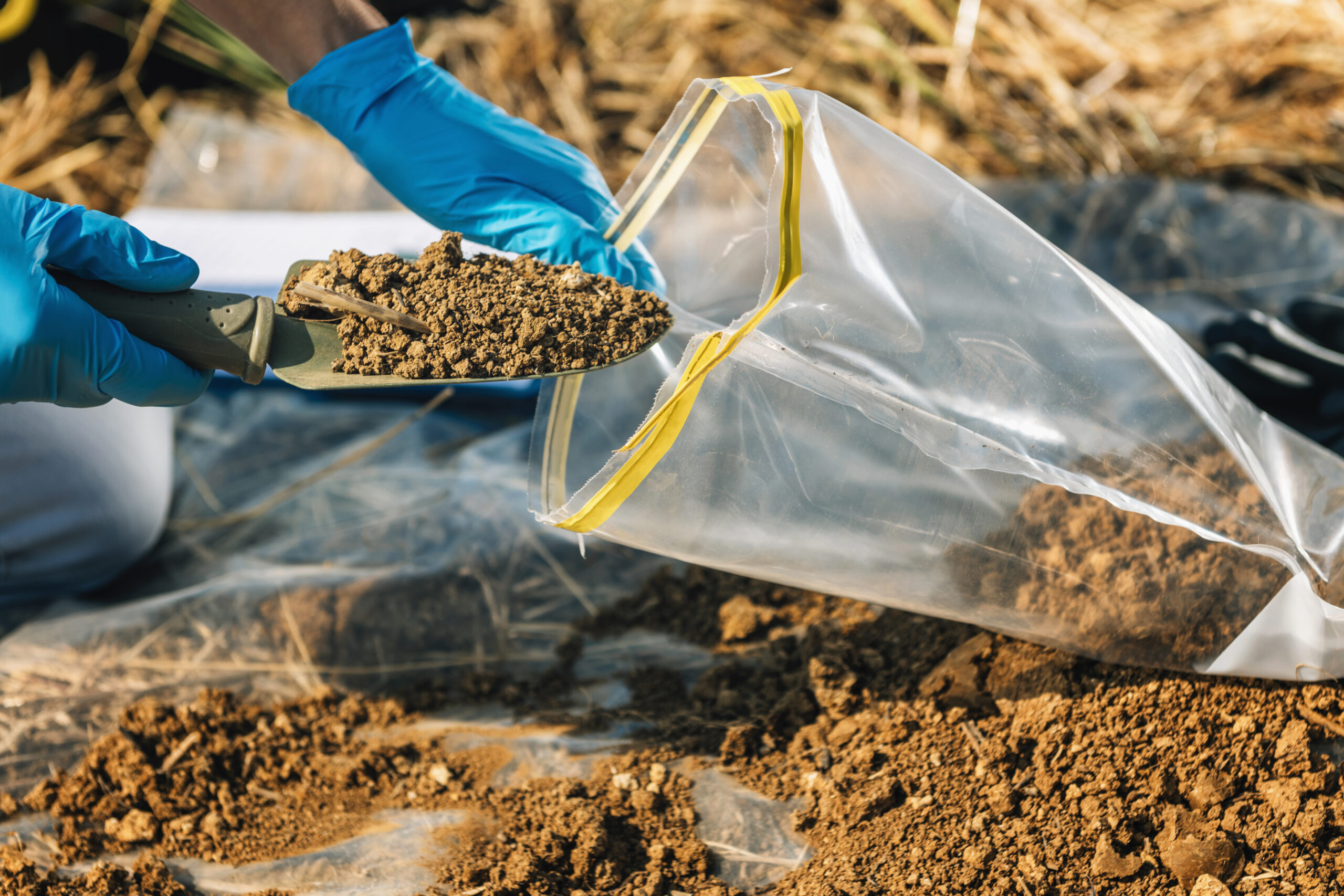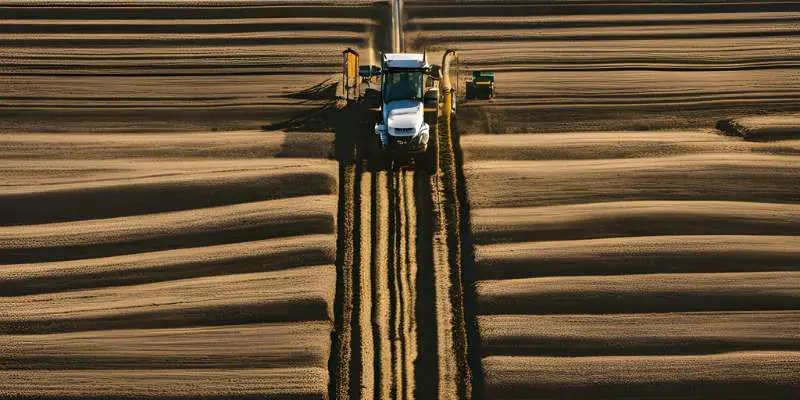Soil sampling is essential for understanding soil health. It helps in determining nutrient levels and soil composition.
Farmers, gardeners, and land managers often rely on soil sampling. They use it to make informed decisions about crop production and soil management. By analyzing soil samples, they can identify nutrient deficiencies and pH imbalances. This information is crucial for applying the right fertilizers and amendments.
Proper soil management improves crop yields and promotes sustainable farming practices. Soil sampling also helps in detecting soil contamination, ensuring environmental safety. Regular soil testing is a proactive approach to maintaining soil health. It saves money and resources by avoiding unnecessary treatments. Understanding the reasons behind soil sampling can lead to better land use and agricultural success.

Credit: cropsandsoils.extension.wisc.edu
Importance Of Soil Sampling
Soil sampling helps farmers improve crop growth. It shows nutrient levels in the soil. With this information, farmers can add the right fertilizers. This makes crops grow better. Healthy soil leads to more and bigger plants. Higher yields mean more food and more income for farmers.
Soil sampling also helps keep soil healthy. It helps find problems early. Farmers can fix issues before they get worse. This keeps the soil in good shape for many years. Healthy soil is important for growing food. It helps the environment too.
Methods Of Soil Sampling
Random sampling involves taking soil samples from different spots in a field. This method helps to get a mix of soil types. It ensures the sample represents the whole field. Each sample spot is chosen without a specific pattern. This makes it easy and quick to collect soil. It is a good way to get an average result for the field.
Grid sampling divides a field into small, equal-sized sections. Each section is sampled separately. This method gives more detailed information. It can show variations in soil across the field. Farmers can use this data to manage their fields better. They can add fertilizers only where needed. This saves money and helps crops grow better.
Tools For Soil Sampling
Soil probes are long, slim tubes. They help to collect soil from the ground. You push them into the soil. Then, pull them out with a sample. This method is quick and easy. It helps to get a good sample. Farmers and scientists use soil probes. They check the soil’s health and nutrients.
Augers and shovels are also common tools. Augers are like big drills. They twist into the ground. This helps to get deeper samples. Shovels are good for surface samples. They are easy to use. You can dig up soil quickly. Both tools are important. They help to study the soil well.
Steps To Conduct Soil Sampling
Pick a time when the soil is not too wet. Avoid sampling just after a rain. Dry soil gives better results. Spring and fall are good times. Avoid periods of extreme weather. Consistency is key.
Use clean tools to avoid contamination. Take samples from multiple spots. Mix the samples in a clean container. Label the samples correctly. Store them in a cool, dry place until testing. Repeat this process every few years.
Analyzing Soil Samples
Soil samples are tested in a lab. The test checks for many things. This includes nutrients and pH levels. Labs also look for soil texture. They use special tools for this. Labs provide accurate results. Farmers rely on these tests. It helps them grow healthy crops.
Results from the lab are important. They tell farmers about their soil. Some results show nutrient levels. Others show soil health. Farmers use this information. They decide what to add to the soil. This makes crops grow better. Good soil means good crops.
Soil Nutrient Management
Identifying deficiencies in soil helps farmers. Plants need various nutrients to grow. Some soils lack these nutrients. Testing soil shows what is missing. Farmers then know what to add. This improves plant health. Healthy plants give better yields.
Fertilizer recommendations come from soil testing. The right fertilizer boosts plant growth. Too much or too little is bad. Testing tells the exact need. This saves money. It also protects the environment. Correct use of fertilizer is key.
Benefits Of Regular Soil Sampling
Soil sampling helps to know the soil’s nutrient levels. This ensures plants get the right nutrients. Healthy soil leads to strong plants. It reduces the risk of diseases. Good soil supports root growth. This helps plants absorb water better. Regular checks keep the soil balanced. Thus, plants thrive well.
Knowing soil health saves money. It stops the waste of fertilizers. Farmers use only what is needed. This reduces extra costs. It also helps in planning better. Farmers can avoid crop failures. Thus, soil sampling boosts profit. It makes farming more efficient. A small test can lead to big savings.

Credit: g3soilworks.com
Challenges In Soil Sampling
Sampling errors happen due to improper methods. Using the wrong tools can cause mistakes. Samples from different depths can give varied results. Incorrect labeling of samples leads to confusion. Contaminated tools can alter the results.
Soil varies from place to place. Some spots have more clay. Others might have more sand. This makes sampling tricky. Different soil types affect plant growth. Knowing the right soil helps in farming. Consistent samples give better results.

Credit: www.researchgate.net
Frequently Asked Questions
What Is Soil Sampling?
Soil sampling involves collecting soil from various locations to analyze its composition. It helps determine the soil’s nutrient levels, pH, and other properties.
How Often Should Soil Sampling Be Done?
Soil sampling should be done at least once every three years. Regular testing helps monitor nutrient levels and soil health.
What Tools Are Needed For Soil Sampling?
Common tools include a soil probe, auger, or shovel. Clean sampling containers and a bucket are also essential.
When Is The Best Time For Soil Sampling?
The best time is during the fall or early spring. This ensures consistent results and helps with planning for the growing season.
Conclusion
Soil sampling is crucial for healthy crops and sustainable farming. It helps farmers understand soil nutrients and conditions. This knowledge leads to better crop yields and soil management. Testing soil can save money and resources. Farmers can avoid over-fertilizing and reduce environmental impact.
Soil sampling supports effective farming practices. It ensures the land remains fertile for future generations. Start soil sampling today for a better, more productive farm.

My mission is to help you bring the beauty of nature indoors with expert advice, detailed plant care guides, and creative design ideas.





Leave a Reply